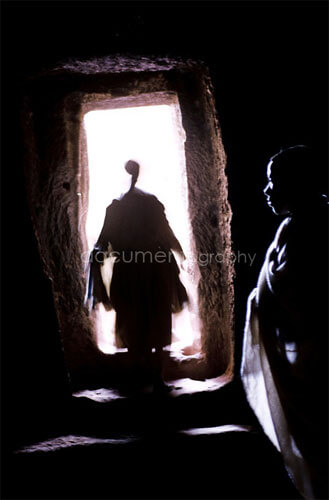Visual storytellers Anna and Jordan Rathkopf didn’t set out to make a book, an exhibition, or a lecture series. When Anna was diagnosed with HER2-positive breast cancer at 37, their shared creative language—photography—became a way to stay connected, grounded, and emotionally present. Nearly a decade later, that body of work has evolved into HER2: The Diagnosed, The Caregiver, and Their Son—a book and traveling exhibition that blends fine art, writing, and lived experience to explore how illness reshapes marriage, identity, and family. The exhibition opens June 7 at Photoville Festival in New York City and will travel through Czechia beginning in Fall 2025. Below, Anna and Jordan reflect on how they shaped the project, how their perspectives stayed distinct, and how it became the first major initiative of their nonprofit, the Patient Caregiver Artist Coalition (PCAC).
